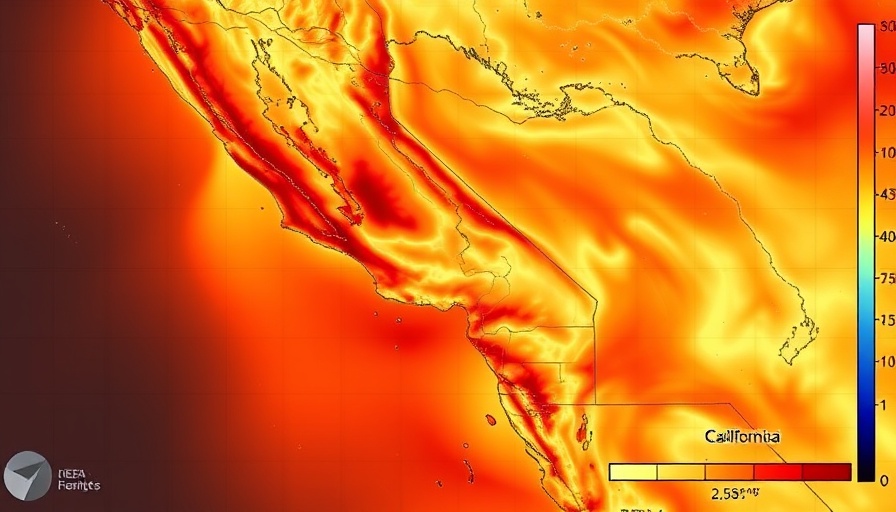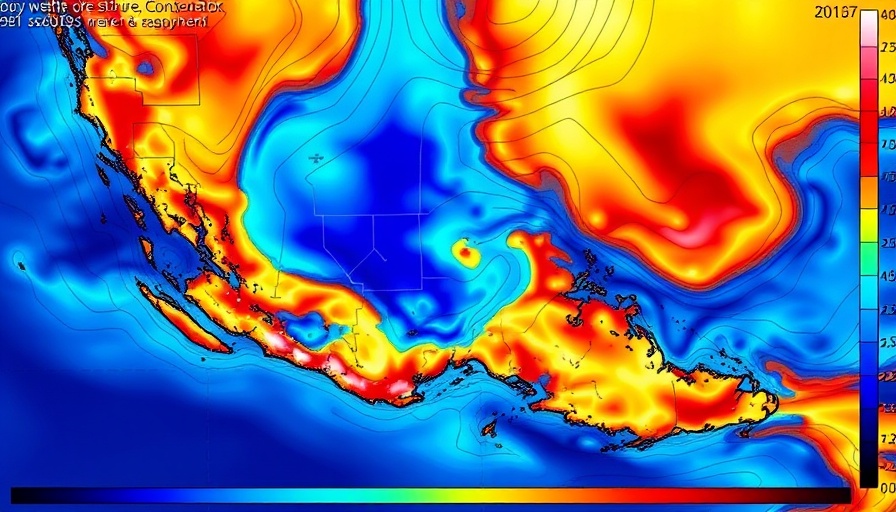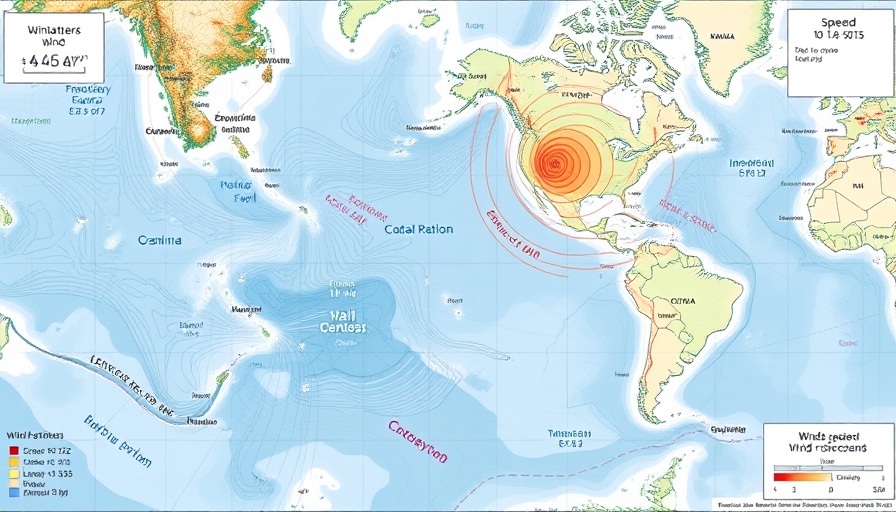
California's Summer Temperature Trends: A Growing Concern
As we enter the heat of summer, California is experiencing notably warmer temperatures that seem to signal the arrival of a vigorous fire season. Recent patterns suggest a compelling shift from the refreshing coastal breezes to a blistering inland heat wave, which raises concerns about wildfire activity.
The Cool Coast-Warm Inland Dipole Explained
This season has revealed an intriguing climatic pattern known as the "cool coast-warm inland dipole." Traditionally, coastal regions are cooler while inland areas experience sweltering heat. However, this year, this dipole has been magnified, resulting in cooler coastal temperatures contrasted sharply by significantly warmer conditions inland. This phenomenon not only impacts daily life for Californians but also intertwines with the state's wildfire dynamics.
Recent Wildfires Signal Increasing Risks
This year's early lightning storms have already ignited several fires, including the notable Madre Fire, which has scorched approximately 80,000 acres in Southern California. While it hasn't had devastating structural impacts akin to previous years, it serves as a reminder that conditions are drying out and the potential for increased wildfire activity looms large. In regions still affected by past fires, such as those from the Carr Fire, new wildfires may arise due to drier fuels.
What Lies Ahead: Heatwave Predictions
Looking forward, weather models predict a significant heatwave impacting most of California, except for the immediate coastal zones. The Central Valley could witness temperatures soaring into triple digits, with some areas approaching or crossing 110°F. While records are not forecasted to be broken, the persistent heat will increase the risk of fire ignitions and complicate fire suppression efforts in already dry areas.
The Importance of Preparedness
Given the looming heat and the reality of wildfire threats, it's crucial for residents to prepare. This includes having emergency plans in place and ensuring that homes are equipped with defensible space to protect against encroaching flames. Fire safety education and community preparedness initiatives will become critical as the summer progresses.
Conclusion: Stay Informed and Prepared
As California adjusts to increasing temperatures and an active fire season, understanding these climatic changes is essential. Authorities and residents alike should stay informed about weather patterns to make proactive decisions for safety and preparedness.
 Add Row
Add Row  Add
Add 




Write A Comment